Where invasive alien species are found
Introduction
According to the World Conservation Union, invasive alien species are the second most significant threat to biodiversity, after habitat destruction. No single region of Canada is immune from the potential for invasive alien species and many, if not all ecosystems are already experiencing some impact.
In their new ecosystems, invasive alien species become predators, competitors, parasites, hybridizers, and diseases of our native and domesticated plants and animals. The impact of invasive alien species on native ecosystems, habitats and species is severe and often irreversible.
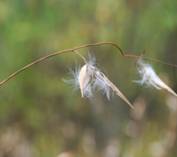
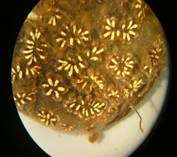
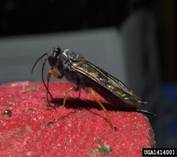
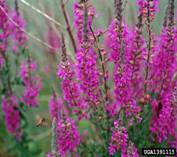
In 2002, it was estimated that 24 percent of the species listed as “at risk” by the Committee on the Status of Endangered Wildlife could be threatened with extinction by invasive alien species. Some of the 90 native species on this list that are considered threatened by invasive alien species include ancient murrelets, island blue butterfly, golden paintbrush, tiger salamander, northern prairie skink, American chestnut, eastern flying squirrel and ginseng.
Similarly, in the Great Lakes, now home to more than 160 alien species, sea lamprey have been implicated in the extinction of the deepwater cisco, and zebra mussels have extirpated native mussels from some areas.
Clearly, invasive alien species are an increasingly important factor in the decline of native species in both aquatic and terrestrial ecosystems.
Invasive alien species in terrestrial environments
Many of Canada’s diverse terrestrial environments have been impacted by invasive alien species of plants, animals, insects and disease. Invasive alien species are most often found in or near urban areas, as well as throughout the settled landscape. Invasive alien species can also be found in many of Canada’s more remote regions including the arctic.
Here are just a few invasive alien species found in Canada’s terrestrial environments.
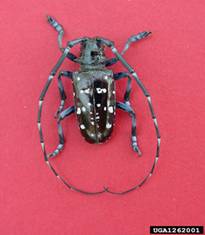
| Name of species: | Description: |
|---|---|
| Japanese Knotweed (plant) |
|
| Norway Rat (mammal) |
|
| European Earwig (insect) |
|
| Butternut Canker (disease) |
|
Invasive alien species in aquatic environments
Many aquatic environments like rivers, lakes and oceans have been seriously impacted by invasive species. Whether these invaders were first released in ballast water discharged from a ship, or from fisherman emptying bait buckets containing non-native species, or even from people discarding unwanted aquarium plants and animals, the end result is the same: a new aquatic alien species that can upset the natural balance of the ecosystem in which they were released.
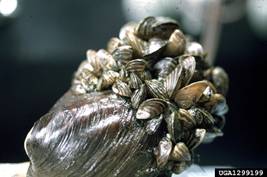
Here are just a few species currently found within Canadian waters:
| Name of species: | Description: |
|---|---|
| Green Crab |
|
| Tunicates |
|
| Name of species: | Description: |
|---|---|
| Chinese mitten crab |
|
| Zebra Mussel |
|
Round goby (fish) |
|